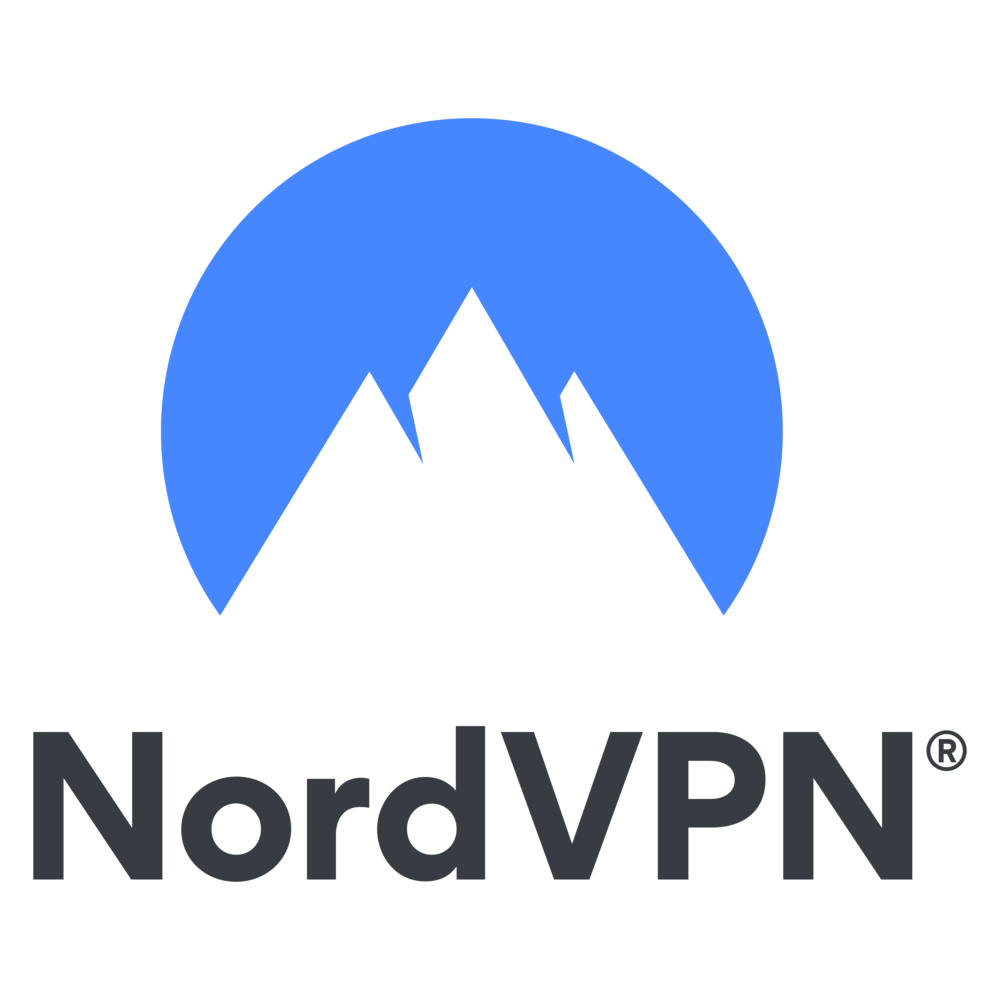When I connect to public Wi-Fi, I recognize the inherent risks, especially regarding data security. To mitigate these risks, I prioritize using a reliable VPN, ensuring it’s updated and configured with strong encryption protocols. It’s essential to activate the VPN before joining the network and to enable features like the kill switch for added protection. However, simply having a VPN isn’t enough; I must also regularly test for potential vulnerabilities, like DNS leaks. Understanding these steps can greatly enhance my online security, yet many still overlook critical aspects that could compromise their safety.

Understanding Public Wi-Fi Risks
Using public Wi-Fi exposes us to significant security vulnerabilities that can compromise our personal information and privacy.
When I connect to these networks, I’m at risk of data interception by cybercriminals who can easily access sensitive information, like passwords and banking details. The lack of encryption on many public Wi-Fi networks makes it easy for hackers to deploy various attacks, such as man-in-the-middle or packet sniffing.
Additionally, I often find that these networks can be set up by malicious actors to lure unsuspecting users. It’s essential to recognize that even seemingly secure networks can be deceptive.
Consequently, understanding these risks is the first step toward protecting myself while using public Wi-Fi, ensuring my personal data remains safe.
Choosing the Right VPN
When choosing a VPN, I focus on the protocols it uses and the importance of server locations.
Different protocols offer varying levels of security and speed, so understanding these can impact my online experience.
Additionally, the server location can affect access to content and connection stability, making it a critical factor in my decision.
VPN Protocols Explained
Choosing the right VPN protocol can greatly impact your online security and connection speed, so it’s essential to understand the various options available. I’ve explored several protocols, and here’s what I found:
- OpenVPN: Highly secure and customizable, but can be slower.
- IKEv2/IPSec: Fast and stable, great for mobile devices.
- L2TP/IPSec: More secure than PPTP but less efficient.
- PPTP: Very fast, but offers the weakest security.
- WireGuard: A newer option that combines speed and security effectively.
Each protocol has its strengths and weaknesses, and knowing how they align with my needs helps me make an informed choice.
It’s all about balancing security with performance to guarantee a seamless online experience.
Server Location Importance
Understanding the importance of server location can greatly enhance my VPN experience, as it directly affects both my online security and access to content.
When I choose a server close to my physical location, I often enjoy faster speeds and better performance.
Additionally, selecting a server in a specific country allows me to access region-restricted content, which is essential for streaming services.
However, I must consider the privacy laws of the country where the server is located. Some jurisdictions have strict data retention policies that could compromise my security.
As a result, I prioritize VPN providers with a wide range of server locations, ensuring I can maneuver between ideal speed and security while accessing the content I need.
Installing VPN Software
To guarantee a secure connection while using public Wi-Fi, I recommend installing a reliable VPN software on your device. Choosing the right VPN can greatly protect your online activity from prying eyes.
Here are some factors to take into account:
- Strong Encryption: Keeps your data safe from hackers.
- No-Log Policy: Assures your browsing history remains private.
- User-Friendly Interface: Makes it easy to connect instantly.
- Multiple Device Support: Secures all your gadgets seamlessly.
- Reputable Customer Support: Provides assistance when you need it.
Configuring VPN Settings
Configuring your VPN settings correctly is essential for guaranteeing ideal security and performance when accessing public Wi-Fi networks.
First, I always select a strong encryption protocol, like OpenVPN or IKEv2, as they provide robust security.
Next, I verify the kill switch feature is enabled; this cuts off my internet connection if the VPN disconnects unexpectedly.
I also adjust the DNS settings to prevent DNS leaks, which can expose my browsing activity.
Additionally, I check that I’m using a reliable server location to maintain speed and stability.
Finally, I review my VPN provider’s settings to confirm I’m not inadvertently allowing split tunneling, which could compromise my security on public networks.
Connecting to Public Wi-Fi
Connecting to public Wi-Fi requires careful attention to guarantee a secure and reliable online experience.
I’ve learned that unsecured networks can expose me to various risks. To protect myself, I always consider the following:
- Potential data theft from cybercriminals
- Unauthorized access to my personal information
- Malware attacks on my devices
- Phishing attempts that target unsuspecting users
- Loss of privacy while browsing
Testing Your VPN Connection
After confirming a secure connection to public Wi-Fi, I need to verify that my VPN is functioning properly to maintain my online safety.
First, I check my IP address using a reliable website to confirm it matches the VPN server’s location, not my actual location.
Next, I perform a DNS leak test to guarantee my requests aren’t being exposed outside the VPN tunnel. If results show my real IP or DNS, I know my connection isn’t secure.
I also try accessing geo-restricted content to see if the VPN is effectively masking my location.
Finally, I monitor my connection speed; a significant drop might indicate issues with the VPN server.
Regular testing keeps me aware of my VPN’s reliability on public networks.
Staying Secure While Online
Maintaining security while online requires vigilance and proactive measures to mitigate risks, especially when using public Wi-Fi networks. I always remind myself of the potential threats lurking around.
To stay secure, I follow these essential practices:
- Use a strong, unique password for each account to prevent unauthorized access.
- Enable two-factor authentication to add an extra layer of security.
- Regularly update software and apps to patch vulnerabilities.
- Be cautious of suspicious links and emails; they could lead to phishing attempts.
- Monitor account activity for any unauthorized transactions or changes.
Wrapping Up
In summary, connecting to a VPN on public Wi-Fi is essential for safeguarding my online activities.
By understanding the risks and choosing the right VPN, I can enhance my security.
Proper installation and configuration guarantee I’m protected before I even connect to the network.
Regularly testing my VPN connection helps me identify potential vulnerabilities.
Ultimately, staying informed and proactive allows me to navigate public Wi-Fi safely, maintaining my privacy and data integrity while online.
